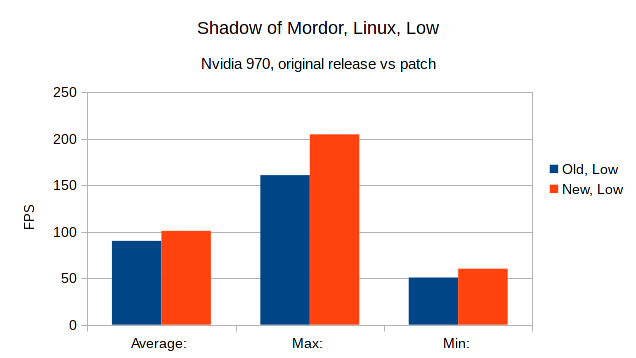
The 7850 looks even better, capping out at 15W below the 6850, most likely as a result of PowerTune keeping the card firmly at 150W.
#Amd radeon hd 7800 series vs gtx 970 series#
The 7870 ends up drawing only a few more watts at the wall compared to the 6870, showcasing the fact that the 7800 series is a drop-in replacement for the 6800 series from a power consumption perspective. OCCT on the other hand gives us a more purified look at power consumption, and as you’d expect for 28nm it looks good. This is largely a consequence of performance, as the higher rendering performance of the 7800 series versus the 6800 series drives up CPU power consumption in order to generate more frames. Load power consumption here is about where you’d expect it to be, with the 7800 setups drawing more at the wall than the 6800 setups, but less than the 79 series. Moving on to load power testing, we have Metro 2033. The next closest card is the GTX 560 Ti, and that’s at nearly 10W higher. Long idle power consumption is virtually identical with the rest of the Southern Islands cards thanks to AMD’s ZeroCore Power technology. This further goes to show just how much progress has been made with idle power consumption – the Cayman based 6900 series had good idle power consumption for its time, and yet the 7800 series beats it by 5W+ at the wall. Idle power consumption is virtually identical to the 7900 series at the wall, and only the 7700 series can beat 112W. Idle power consumption looks quite good, as you’d expect from GCN. While we believe GPU-Z is giving us the right readings, we’re not sure whether the 7850 voltages are the same we’ll be seeing on shipping cards because of the PCB differences. When getting a voltage reading on our 7800 cards through GPU-Z, it was interesting to note that the load voltage was almost identical between the two cards: 1.219v versus 1.213v. Power consumption should be nearly identical to shipping cards, but temperatures and noise readings are going to be significantly different since most of those cards will be using open air coolers. Please note that we’re including our 7870-based 7850 in these charts, even though none of AMD’s partners will be shipping a card in this exact configuration. Thanks to TSMC’s 28nm process AMD has been able to offer 6900 series performance on a much smaller chip, but what has that done to power consumption and all of its related properties? Let’s find out. The actual pixel output rate is also dependant on quite a few other factors, especially the memory bandwidth of the card - the lower the memory bandwidth is, the lower the potential to get to the maximum fill rate.As always, we wrap up our look at a new video card with a look at the physical performance attributes: power consumption, temperatures, and noise. ROPs (Raster Operations Pipelines - also called Render Output Units) are responsible for filling the screen with pixels (the image).

The number is worked out by multiplying the amount of ROPs by the the core clock speed. Pixel Rate: Pixel rate is the maximum number of pixels that the graphics card could possibly record to its local memory per second - measured in millions of pixels per second.


It is measured in millions of texels processed in one second. The higher the texel rate, the better the graphics card will be at texture filtering (anisotropic filtering - AF). This number is calculated by multiplying the total texture units by the core clock speed of the chip.

Texel Rate: Texel rate is the maximum texture map elements (texels) that are processed per second. It especially helps with AA, HDR and high resolutions. The better the bandwidth is, the better the card will be in general. If it uses DDR memory, it should be multiplied by 2 once again. The number is worked out by multiplying the bus width by the speed of its memory. Memory Bandwidth: Bandwidth is the maximum amount of data (measured in megabytes per second) that can be transported over the external memory interface in a second.


 0 kommentar(er)
0 kommentar(er)
